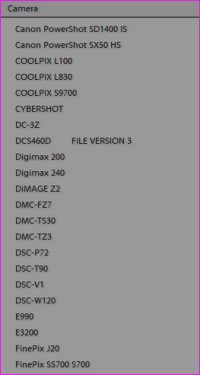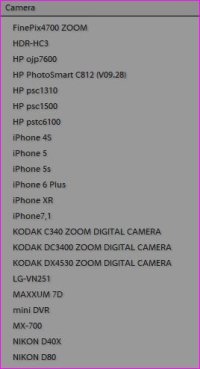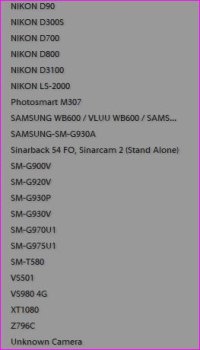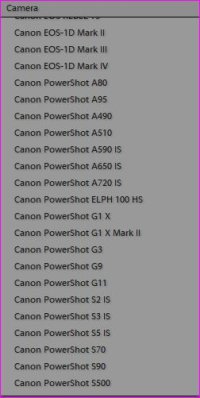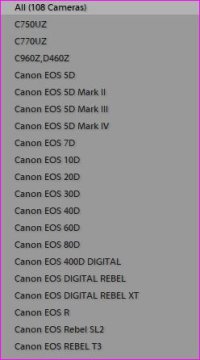Yes, someone already disassebled the R5. The video is in a strange chinese website but hey this is all we got 
Looks like the heat problems come from the Digic X processor that has a thin piece of metal acting as a heat sink. The heat from the digic can't reach the camera body, since there is a circuit board (the small green one) between the camera body and the heat sink.
The digic can dissipate some heat to the large heat sink in the middle of the camera, but the heat has to go through the main circuit board. Also, the thermal pad under the main black pcb seems too small.
If someone is brave enough, adding a silicone thermal pad between the green circuit board and the camera body should help. Another thicker thermal pad can go over the CF slot (be careful to not block the mechanism) to dissipate some heat to the camera body
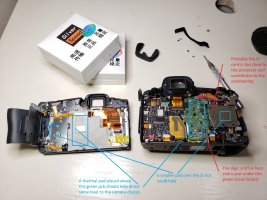
Looks like the heat problems come from the Digic X processor that has a thin piece of metal acting as a heat sink. The heat from the digic can't reach the camera body, since there is a circuit board (the small green one) between the camera body and the heat sink.
The digic can dissipate some heat to the large heat sink in the middle of the camera, but the heat has to go through the main circuit board. Also, the thermal pad under the main black pcb seems too small.
If someone is brave enough, adding a silicone thermal pad between the green circuit board and the camera body should help. Another thicker thermal pad can go over the CF slot (be careful to not block the mechanism) to dissipate some heat to the camera body


